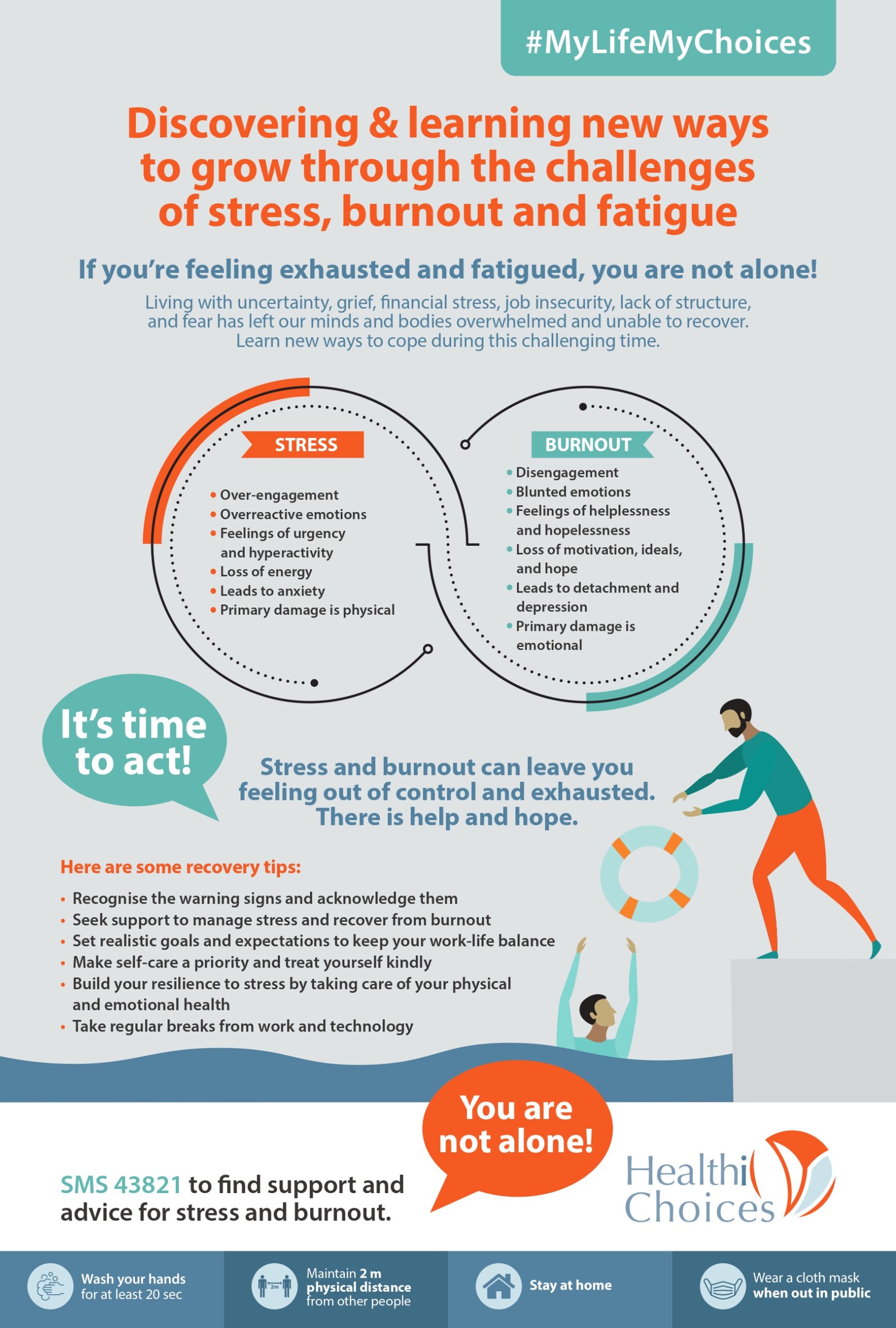Straight talk
Are you getting your message across? If messages to staff or even customers are not properly communicated, people may look to the wrong sources for information – hearsay, office gossip and social media. Timely communication from the right sources will ensure that everyone gets the correct message.

Creating a calm, transparent environment in your company where everyone feels heard and understood can reduce tension, confusion and conflict. It can also help to get the work done more quickly and professionally. Team work brings a combination of different personalities together for a common goal – to boost productivity and grow the business. Good communication in the workplace is based on interpersonal relationships which are developed through communication, sound body language, courtesy and respect.
Ways to communicate better with your team
Make meetings count
Plan the agenda beforehand and make sure all parties that need to be there are invited. Stick to the agenda. Meetings are often wasted when items not on the agenda are discussed. Time goes quickly and attendees have other priorities to attend to – if you do not have a clear agenda and action plan stemming from the meeting, nothing finalised but the decision to have yet another meeting. Provide all attendees with a copy of the minutes and action plans once these are typed up. If someone wasn’t able to attend the meeting and items discussed do affect them, send them a copy.
Pay attention
When you attend a meeting lead by another colleague, make clear, detailed notes and pay attention to what is being said. Messages are often lost when people ‘tune out’, then later assume they know what was discussed. If you aren’t sure, ask questions. Check the minutes once you receive them to make sure you registered the salient points.
Watch your body language
Experts say that as much as 55% of communication comes through body language. Negative body language can send the wrong message. Don’t slouch at the table and if you are standing, keep your hands out of your pockets and your feet still. Also consider your tone of voice – avoid a monotonous tone without inflection, or an aggressive tone when things aren’t going the way you would like.
Capture attention and use clear language
At the start of a meeting, presentation or speech, get your audience’s attention. Your opening can make or break your presentation – you either hook the listener or lose them. Give a clear and concise message. Have a definite beginning, middle and end for your presentation. Confirm that everyone has understood and invite people to ask questions. Avoid unnecessary repetitions.
Use technology to your advantage
Use technology such as a slide presentation, to enhance your message – the audience will hear and see what you want to communicate to them – but don’t let it dictate the meeting or take over your role. Slides should contain short messages, bullets and images to convey your points – don’t read your speech from them.
Importance of verbal communication
We live in a world where a few lines on an e-mail or a hastily typed text message is ‘easier’ than verbal conversation. Difficult issues can easily be side-stepped in emails and conflicts may be challenging to resolve. Tone and context can also be misinterpreted in an e-mail. When used in the right way, email and social media can contribute to workplace communication, but always remind your team that it should never take the place of live conversation between two people. Instead of sending your colleague or customer an e-mail, do the old fashioned thing – pick up the telephone or see them in person.
Be honest
Bad news can be a challenge to convey, but always get the message out there in a timely manner. Gossip can spread quickly and it can demoralise your team. Communicate quickly and effectively. If you need to deliver difficult information to one team member, don’t send an e-mail, do it in person.
Resources
- www.forbes.com
- www.smalbiztrends.com
- www.moneycrashers.com
- www.hbr.org

